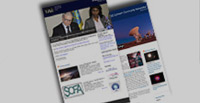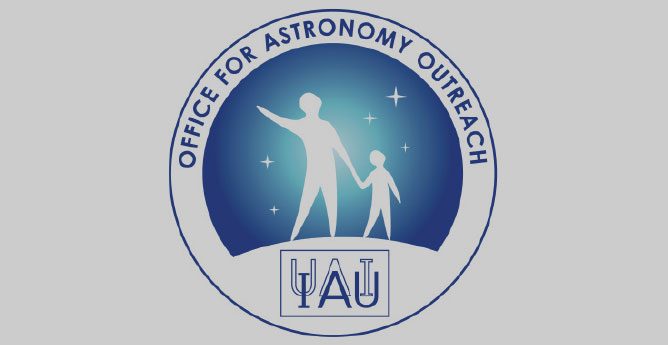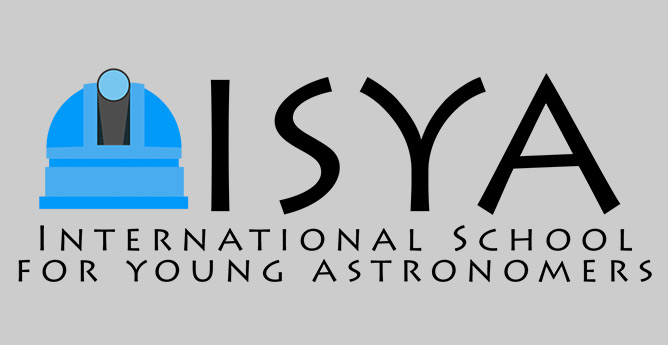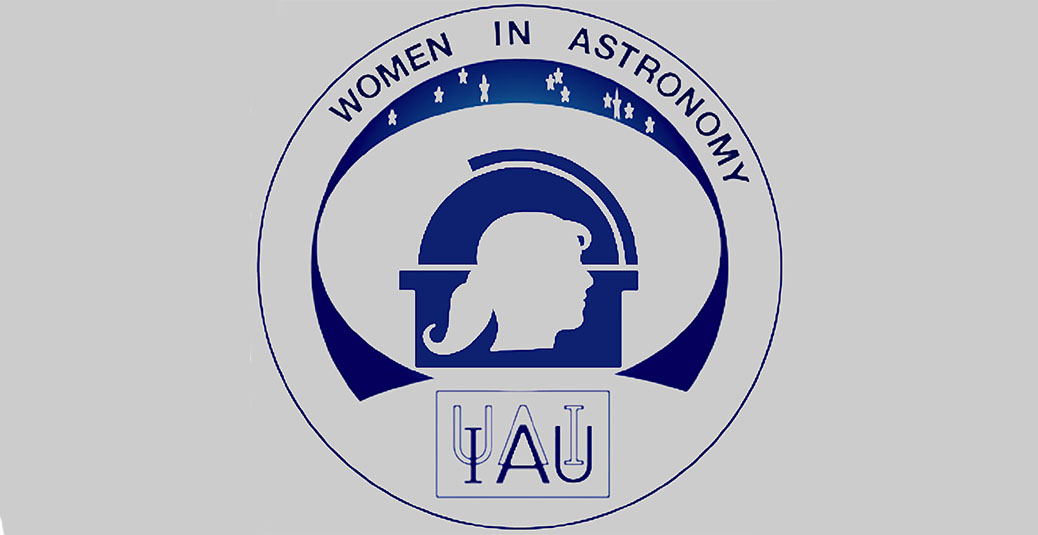- News
- Science
- Scientific Bodies
- Divisions
- Commissions
- Commission A1 Structure
- Commission A2 Structure
- Commission A3 Structure
- Commission A4 Structure
- Commission B1 Structure
- Commission B2 Structure
- Commission B3 Structure
- Commission B4 Structure
- Commission B5 Structure
- Commission B6 Structure
- Commission B7 Structure
- Commission C1 Structure
- Commission C2 Structure
- Commission C3 Structure
- Commission C4 Structure
- Commission C5 Structure
- Commission D1 Structure
- Commission E1 Structure
- Commission E2 Structure
- Commission E3 Structure
- Commission E4 Structure
- Commission F1 Structure
- Commission F2 Structure
- Commission F3 Structure
- Commission F4 Structure
- Commission G1 Structure
- Commission G2 Structure
- Commission G3 Structure
- Commission G4 Structure
- Commission G5 Structure
- Commission H1 Structure
- Commission H2 Structure
- Commission H3 Structure
- Commission H4 Structure
- Commission J1 Structure
- Commission J2 Structure
- Commission J3 Structure
- Commission X1 Structure
- Commission X2 Structure
- Past Commission Organising Committees
- Working Groups
- Centres
- Scientific Meetings
- Rules & Guidelines
- General Assemblies
- Meeting Proposals
- Future IAU Meetings
- General Assemblies
- EC Meetings
- Officers' Meetings
- Regional Meetings
- Symposia
- Focus Meetings
- Institutional Meetings
- IAU Offices Meetings
- IAU-Sponsored Meetings
- Letters of Intent submitted for 2024
- Letters of Intent submitted for 2023
- Letters of Intent submitted for 2022
- Letters of Intent submitted for 2021
- Letters of Intent submitted for 2020
- Past IAU Meetings
- Templates
- Other Meetings
- Grants & Prizes
- Scientific Bodies
- Publications
- IAU Publications
- IAU Strategic Plan
- Symposia
- WGSBN Bulletins
- Regional Meetings
- Information Bulletins/Catalyst
- E-Newsletters
- Focus Meetings
- Transactions A
- Transactions B
- Related Publications
- GA Newspapers
- CAPjournal
- IAU Books
- Brochures
- IAU Offices
- WG Reports
- Commission Reports
- Division Reports
- Past IAU Publications
- Rules, Guidelines and Instructions for Proceedings
- Publishers
- IAU Publications
- Administration
- About the IAU
- Statutes & Rules
- IAU Policies
- IAU Executive Bodies
- IAU Secretariat
- Resolutions
- Members Administration
- Administrative Dates & Deadlines
- International Organisations Relations
- Donate to the IAU
- Training in Astronomy
- Astronomy for Education
- Astronomy for Development
- Astronomy for the Public
- Office for Astronomy Outreach
- FAQ
- Themes
- Satellite Constellations
- Astronomy in Everyday Life
- How to Report a Discovery
- Careers in Astronomy
- Defining our Place in the Cosmos
- The Constellations
- Light Pollution
- Measuring the Universe
- Near Earth Objects
- How to Participate in Astronomy Research
- Naming of Astronomical Objects
- Naming of Exoplanets
- Buying Star Names
- Naming Stars
- Pluto and the Solar System
- IAU Member Statistics
- Our Moon: the Moon
- Meteors & Meteorites: The IAU Definitions of Meteor Terms
- UNESCO-IAU Portal to the Heritage of Astronomy
- Social Media
- Past Events
- Call for Online Resources
- Astronomy@Home Awards
- Contact

John D. Kraus
United States
1910-2004
Obituary:
John Daniel Kraus was born June 28, 1910. He received his Bachelor of Science degree in 1930 and his doctorate in physics in 1933, both from University of Michigan. During his time at Michigan he did millimeter and meter wavelength radio experiments and also nuclear research with the University's newly completed cyclotron.
During World War II, Kraus worked at the Naval Ordnance Laboratory, for a short while together with Grote Reber, degaussing electromagnetic fields of steel ships to make them safe from magnetic mines, and then at Harvard's Radio Research Laboratory developing receivers and antennas for radar counter-measures. He joined the faculty at Ohio State University in 1946 and remained there for his entire academic career. He was the Taine G. McDougal Professor of Electrical Engineering and Astronomy, and founded and directed the Ohio State-Ohio Wesleyan Radio Observatory. When a grant of $2,000 allowed him to buy steel, he and his students built one of the first radio telescopes in the United States, an array of 96 helices, completed in 1953, that operated at 250 MHz. Kraus then went on to design and build the "Big Ear" radio telescope, completed in 1965. "Big Ear" was a fixed parabolic antenna, measuring 110 by 21 meters; it received reflected rays from a tiltable flat reflector panel, and the parabolic antenna in turn focused the signal to a central point at ground level. With it, Kraus and other astronomers studied some of the most distant known objects in the Universe, and produced extensive surveys of the radio sky. His many other antenna designs include the bi-directional W8JK wire beam antenna widely used by radio amateurs, the corner reflector, and the helical beam antenna, used in communication and global positioning satellites.
Following the completion of the all Sky Ohio State radio source survey and the loss of funding from the NSF, Big Ear was used for many years by Kraus and his students to search for intelligent life elsewhere in the Universe. Kraus founded Cosmic Search, a magazine devoted to the search for extra-terrestrial intelligence, also including historical articles about radio astronomy, which he edited and published from 1979-1982.
A dedicated teacher, Kraus had a profound and lasting effect on his students; he maintained friendships with many of his students after they completed their degrees, and followed their careers with interest. Books Kraus authored included Antennas, Radio Astronomy, and Electromagnetics, all of which had multiple editions and were translated into many languages, as well as the autobiographical Big Ear and Big Ear Two. Kraus retired from Ohio State in 1980, but continued to work at the observatory as Professor Emeritus into the 1990s.
Kraus was a long-time radio amateur, licensed as W8JK. Through the 1930s, he maintained regular contact with two missionaries in Belgian Congo, one a doctor running a medical clinic. Their transmissions served as a means for many missionaries of the Presbyterian Church in the United States and their extended families in the U.S. to transmit both routine and emergency news in a timely way, and allowed the doctor to arrange medical consultations with specialists in Ann Arbor. Kraus contributed many articles to CQ magazine, the radio amateurs' journal; in 1996, Dayton Hamvention honored Kraus as the recipient of its Special Achievement Award, and in 2001, CQ named Kraus to the inaugural class of its Amateur Radio Hall of Fame.
Kraus served on both the National Science Foundation and Associated Universities committees involved in the earliest planning for the development of the National Radio Astronomy Observatory, and in 1955, he was part of the small group that recommended Green Bank WV as the site for NRAO.
In 1976 Kraus and his wife, Alice, donated the Kraus Wilderness Preserve, 80 acres of woodland and meadow adjacent to their home, to Ohio Wesleyan University for use by Ohio Wesleyan and Ohio State Universities, and they endowed scholarships to enhance environmental learning for students at the two universities.
Kraus was elected as a Fellow of the Institute of Electrical Engineers (IEEE) in 1954 and to the National Academy of Engineering in 1972. His many awards and recognitions included the U.S. Navy Meritorious Civilian Service Award in 1946, the Ohio State University Sullivant Medal in 1970, and the Outstanding Achievement Award of the University of Michigan in 1981. He received the 1984 Centennial Medal, the 1985 Edison Medal and the 1990 Heinrich Hertz Medal from the IEEE, as well as the Distinguished Achievement Award of the IEEE Antennas and Propagation Society in 2003. He died in Columbus, Ohio, on July 18, 2004.
Contributed by Ellen N. Bouton and Kenneth I. Kellermann
Past affiliation(s) within the IAU
- Past Member of Commission 40 Radio Astronomy
- Past Member of Commission 51 Bio-Astronomy
Search individual members

















